Wetland birds have a particular niche in the bird world having adapted well in finding food sources at marshes, lakesides, bogs, riverine habitats and agricultural land.Herons, Storks, Ibises and Flamingoes have been classified under one sub group in the taxonomic order of birds in the Western Palearctic. This area (below) is one of eight zones that have been divided and named on the Earth’s surface.To read more about the Western Palearctic and learn which birds are listed please click here
I’ve put together photos of all the birds in this group that come under this heading in the WP list. It may be helpful for visitors to check what birds can be seen on the Iberian peninsula and to read some notes about each species.

Spanish:MartineteGerman: Nachtreiher French: Héron bihoreau Dutch: Kwak
Field Description. Resident. 58-65 cm. A small, stocky heron with rather short legs. Adult with black back, pale underparts, black crown and 2-3 long white plumes extending from nape down to back. Eyes red, legs yellowish (pink in breeding season), bill stout, black. Juvenile dull, dark brown above, spotted with whitish-buff; underparts greyish with dark streaks. Looks compact in flight with head closely retracted and without long trailing legs. Roosts by day in thick cover; mainly active at dusk and during night.Voice. Call is a coarse, Raven-like croak: ‘wok’, ‘quark’, ‘hwack’, or ‘guok’, usually uttered in flight.Distribution. Local breeding bird which nests in small to relatively large colonies.Habitat. Builds nest in trees or, when woody growth is absent, in reedbeds and other emergent vegetation; also arboreal when resting or roosting. Prefers shallow lakes, ponds, lagoons, rivers, streams, swamps and other wetlands with shallow, fresh standing or gently flowing water.Food. Mainly amphibians, fish, and insects; nocturnal or crepuscular feeder.

Spanish:Avetoro comúnGerman: Rohrdommel French: Butoir étoilé Dutch: Roerdomp
Field Description.Winter migrant. 70-80 cm. A large, yellow-brown heron-like bird with the entire body being mottled and barred with black; crown and nape black; large legs and toes green. When alarmed may try to camouflage by assuming characteristic Bittern-stance with neck and body stretched vertically, bill pointed to the sky, and eyes swivelled forwards. Flight owl-like on broad and rounded wings, with neck retracted and legs trailing.Voice. In the breeding season the male produces a deep, resonant and far-carrying booming note.Distribution. Relatively scarce breeding bird.Habitat. Restricted to lowland swamps with more or less extensive reedbeds, and densely vegetated wetlands.Food. Chiefly fish, amphibians, and insects, but also worms, leeches, crustaceans, molluscs, lizards, spiders, and small birds and mammals.
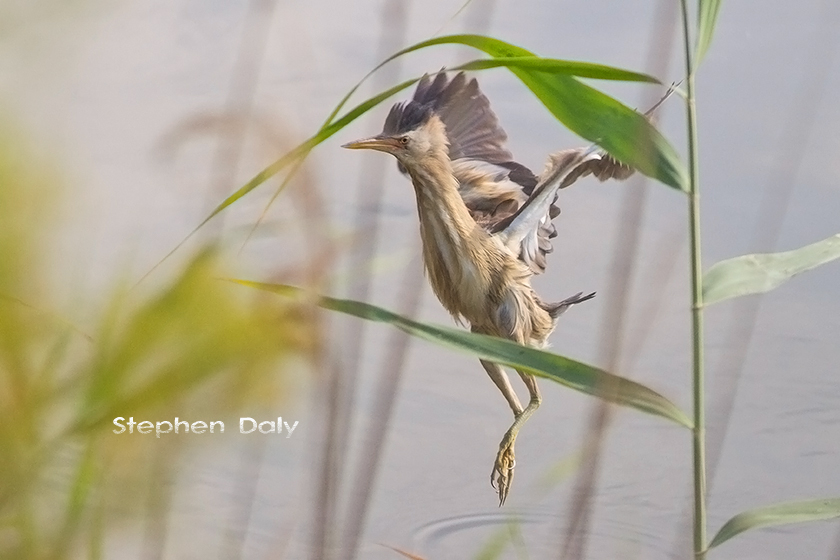
Spanish:Avetorillo común; German: Zwergrohrdommel; French: Blongios nain Dutch: Wouwaap
Field Description.Summer visitor. 28-36 cm. Differs from other herons by very small size, blackish crown and back, and conspicuous isabelline-white wing patches, contrasting with the black of the rest of the wing and back. Crown and back of male glossed green. Plumage of female duller and with dark streaks on throat, foreneck and underparts. Bill yellowish; legs green. Young resemble female but plumage more mottled and streaked. Usually flies low, with fairly rapid wing-beats, neck withdrawn and legs extended. Secretive bird, active mostly towards the evening.Voice. Various short, croaking notes. Spring song of male a persistent “how, how”, or “woof, woof”.Distribution. Local breeding species; in many areas precise distribution inadequately known.Habitat. Occupies reed-fringed lakes and pools, freshwater swamps, riverain zones; especially in areas where reeds are mixed with other emergent plants, or trees and shrubs, such as willows Salix and alders Alnus.Food. Diet varies with locality and time of year but consists primarily of fish, amphibians, and insects. Prey is captured while waiting in cover, or by slowly stalking through water.
Spanish:Garcilla bueyeraGerman: Kuhreiher French: Héron garde-boeufs Dutch:Koereiger
Field Description.Common Resident. 48-53 cm. Appears white at distance. Somewhat smaller, more compact, and with shorter neck than Little Egret; distinctive heavy jowl. In breeding season, long tufts of pink-buff to orange-buff feathers on crown, throat and mantle conspicuous at close range. Non-breeding plumage white. Bill yellow with red base in breeding season, legs reddish; in winter, legs and bill yellowish. Juvenile white, without tufts of elongated feathers, and with yellow bill and yellow-green legs.Voice. During the breeding season various croaking calls.Distribution. Breeds locally in very small to fairly large colonies.Habitat. Breeds in or below tops of medium-sized deciduous trees or in thickets in lowland areas. Feeds on pastures, semi-arid steppes, arable fields, banks of rivers, ponds, lakes, etc., usually close to herds of cattle or other livestock; least restricted to aquatic habitats of European herons.Food. Prey consists mainly of insects, captured on wet or dry land or in shallow water, usually where cattle or other large mammals are present.

Spanish:Garcilla cangrejeraGerman: Rallenreiher French: Héron crabier Dutch: Ralreiger
Field Description.Summer Visitor.44-47 cm. A compact thick-necked bird with fawn-coloured plumage and long feathers which extend as a mane from nape to back. In flight, pale buff and blackish streaked birds look predominantly white due to white wings, tail and rump. In winter, mantle browner and neck streaked blackish. When breeding, bill bright blue with black tip, legs flesh-red; outside breeding season, bill green-yellow with black tip and legs yellowish-green.Voice. At dusk a harsh, high-pitched “karr”.Distribution. Breeds locally in small to moderately large colonies.Habitat. Prefers stagnant fresh waters flanked by dense aquatic vegetation and woody shrubs in lowland valleys, lagoons, wetlands and deltas.Food. Chiefly insects and larvae, amphibians and fish; usually feeds crepuscular.
There are continuing reports of hybridisations of Western Reef Egret Egretta gularisand Little Egret Egretta garzetta. The Western Reef Egretwhich occurs in West Africa has been spreading north from Senegal.This is one such hybrid bird I photographed (above) near Puerto Real a few years ago. Offspring can be very variable in colour and markings.Similar cases of hybridization were recorded in Thyna/Sfax, Tunisia (H. DlensiinIsenmannet al. 2005), in l’Albufera de Valencia, Spain (Dieset al. 2001) and in the Camargue, France (Kayseret al. 2000).and several recordings such hybrids have bee recorded in Morocco atEssaouira and the nearby Oued Ksob estuary,archipelago (Mogador).This has been published recently in the journalAlauda.
One of the most recent Moroccan reports was atMerja Zerga, February 2013 byJavier Elorriaga Tarifa, Spain
Spanish:Garceta grandeGerman: Silberreiher French: Grande Aigrette Dutch: Grote Zilverreiger
Field Description.Visitor and increasing throughout the year.85-102 cm. Large, slender, immaculate white heron, with long thin neck and long plumes on upper breast and base of neck; no plumes on head. Loose white plumes also on scapulars when breeding, extending over back. Upper leg turns blood-red during breeding season. Legs and toes black; bill yellow during most of the year, but black with green-yellow base in breeding season. Juveniles like non-breeding adults, but without plumes.Voice. Occasionally a croaking note; more vocal at colony, where uttering a number of cawing sounds.Distribution. Breeds solitary or in small colonies; rare.Habitat. Breeds in extensive, dense reedbeds or other tall aquatic vegetation, or in shrubs or low trees. Forages in lowland meadows, marshes, depressions, floodlands, etc.Food. Diet varies with time of year; in the wet season consists mainly of fish and aquatic insects, in the dry season small mammals and terrestrial insects. In shallow water, prey is taken after slowly stalking with body held horizontally, or after standing motionless with stiff neck and leaning forward, thus waiting for prey to come within striking distance.
Grey Heron Ardea cinereaSpanish:Garza realGerman: Fischreiher French: Héron cendréDutch: Blauwe Reiger
Field Description. Resident.90-98 cm. Differs from other herons by large size, grey upperparts, white head and neck, black band of loose feathers running back from the eye to terminate in a long, pendant crest; underparts greyish white with some black at the sides. Bill large, yellow; legs brownish. Bill and legs pinkish in the breeding season. Juvenile with more uniform grey plumage and no black on head. Usually stands motionless in or near water, either with neck stretched or with head retracted between “shoulders”. Flight silhouette with retracted head and large neck (forming a bulge), long, broad and rounded wings, and protruding feet.Voice. Usual note a loud, harsh ‘rhaaa’; in breeding season at colony, a variety of squawks, yelps, and raucous notes.Distribution. Rather common breeding bird, in small to large heronries.Habitat. Usually nests in tall trees; frequents almost any kind of country with shallow waters affording it a suitable food supply. Food. Largely feeds at daytime, taking mainly fish, amphibians, small mammals, insects, and reptiles and occasionally crustaceans, molluscs, worms, and birds. Prey captured by grabbing or stabbing while slowly wading or standing at water’s edge.
Purple Heron Ardea purpurea
Spanish:Garza imperialGerman: Purpurreiher French: Héron pourpré Dutch: Purperreiger
Field Description.Summer Visitor. 78-90 cm. Differs from Grey Heron in smaller size, and at short distance by decidedly darker plumage. Back and wings slate-grey, with scapulars elongated and pale chestnut in breeding season. Crown and crest black; breast chestnut with some black at sides; strongly striped, rufous neck. Juveniles more sandy, with chestnut crown and without black stripes on head and neck. Head and neck more “snaky” than Grey Heron. In flight with coiled neck and more marked concavity where base of neck joins breast, and with longer toes than Grey Heron; also flies with more rapid wing-beats.Voice. Similar to that of Grey Heron, but generally silent away from colony.Distribution. Local breeding bird of small to relatively large colonies.Habitat. Breeds in wetlands with tall and dense standing vegetation, often with scattered trees. Prefers shallow, eutrophic waters with level bottom free of rocks or other hard obstructions, and with densely vegetated fringes.Food. Feeds during early morning and evening on fish and insects, which are captured from a stationary position; also takes some small mammals and amphibians.
White Stork Ciconia ciconia
Spanish:Cigüeña comúnGerman: Weisstorch French: Cicogne blanche Dutch: Ooievaar
Field Description.Summer Visitor many winter here.100-115 cm. Easily distinguished by white plumage with black flight feathers and scapulars, and long red bill and legs. Perches on trees, buildings, etc., often resting on one leg; walks sedately with neck upright and slightly foreward. Flies with neck stretched out and drooping slightly, legs extending well beyond the tail; flight slow and with even wing-beats; soars on thermals with rigid wings. Juveniles have black on wings pink-brown and bill and legs brownish red.Voice. Silent outside the breeding season; bill-clattering on nest.Distribution. Decrease in northern and western Europe but very common breeding bird in eastern and southern parts of Europe.Habitat. Builds nest on tall trees, towers, chimneys, ruins, and specially erected platforms. Prefers open wetlands, grasslands, marshes, steppes, etc.Food. Diet includes a wide variety of animals, such as insects, mice, amphibians, lizards, snakes, small mammals and earthworms. Takes prey mainly whilst walking with head and bill pointing downward.
Black Stork Ciconia nigra
Spanish:Cigüeña negraGerman: Schwarzstorch French: Cicogne noireDutch: Zwarte Ooievaar
Field Description.Scarce Migrant.95-100 cm. Form, flight and carriage as White Stork, but plumage mainly glossy black, except for the white breast, belly, and under tail-coverts. Bill and legs red. Usually shy and solitary in habits. Juveniles browner on head and neck, and upperparts less glossy; legs and bill grey-green.Voice. On nest a clear and drawn out “chee lee chee lee”.Distribution. Regular breeding bird, mainly in eastern part of the area.Habitat. Builds nest in large old trees, on cliff ledges or in caves. Prefers undisturbed forested areas with streams, pools, swamps and banks of rivers.Food. Mainly fish, but also frogs, salamanders, insects, and to a lesser extent small mammals, crustaceans, snakes, lizards. Feeds by stalking through water.
Glossy Ibis Plegadis falcinellus
Spanish:MoritoGerman: Sichler French: Ibis falcinelle Dutch: Zwarte Ibis
Field Description.Summer visitor, expanding. 55-65 cm.Superficially similar to Curlew, but plumage almost uniformly dark iridescent green. At short distance, head, upperparts, wings, and tail glossed green through to brownish purple. Black in winter duller, head and neck; juvenile similar but browner and with light white neck streaking. Flies on broad, rounded wings, with decurved bill, extended neck, and slightly drooping legs; in flight, rapid wing-beats alternated with glides.Voice. Generally silent, but sometimes a harsh crow-like “gra-a-ak”.Distribution. Locally common breeding bird in small to large colonies.Habitat. Nests in trees, bushes and tall reeds in the vicinity of water. Frequents shallow lakes, lagoons, floodlands, deltas, rivers, estuaries, irrigated farmland and ricefields.Food. Chiefly insects: flies, beetles, grasshoppers, crickets, dragonflies and caddisflies. Also takes leeches, molluscs, worms and crustaceans.
Northern Bald Ibis Geronticus eremita
Spanish:Ibis Eremita German:WaldtrapFrench:Ibis ChauveDutch:Heremietibis
Field Description.Resident.70-80 cm. Superficially like Glossy Ibis but larger in structure with shorter legs. Legs do not project outwith the tail in flight Wing slightly broader than glossy with visible ‘hand’. Powerful wingbeats and loves flying and gliding.
Voice. Generally silent, but sometimes a low, short “hrump”.Distribution. Re-introduced to Cadiz province Andalucía, Spain. 40+ pairs (2013) and free-flying establishing small colonies on their own.Habitat. Nests on cliff ledges in colonies (Read about their social behaviour here). Frequents open dry and irrigated farmland and golf courses. Frequents areas where cattle and other livestock feed particularly in winter. Can be found on coastal stretches and beaches.Food. Chiefly insects: worms flies, beetles, grasshoppers, crickets, dragonflies and caddisflies. Also takes molluscs, worms and crustaceans.
Eurasian Spoonbill Platalea leucorodia
Spanish:Espátula ComúnGerman: Löffler French: Spatule blanche Dutch: Lepelaar
Field Description.Summer Visitor. 86 cm. At once distinguished by white colouring and remarkable spatulate bill. Adult in summer with buffish-yellow patch at base of neck. Legs and bill black, the latter with a yellow point. Juvenile with black wing tips, no yellow patch on neck, flesh-coloured bill, and yellow to yellow-grey legs. Flies rather slowly with regular wing-beats, sometimes gliding; flocks mostly fly in line. Differs in flight from “white” herons by stretched neck and legs, and spoon-shaped bill.Voice. A very silent bird. In breeding period, occasional growling sounds.Distribution. Rare and endangered breeding bird; nests in colonies.Habitat. Breeds in reedy fringes of lakes and lagoons; feeds in fresh, salt, or brackish waters with bottoms of mud, clay, or sand.Food. Mainly waterbeetles, dragonflies, caddisflies, locusts, Hemiptera and Diptera, small fish, crustaceans, molluscs, leeches, worms, reptiles and amphibians. Feeds in shallow water by making sweeping movements with submersed bill slightly opened.
Greater FlamingoPhoenicopterus ruber
Spanish:Flamenco ComúnGerman: Flamingo French: Flamant rose Dutch: Flamingo
Field Description.Summer visitor although many winter here.125-145 cm. Large, unmistakable, pink-and-white waterbird with enormously long legs and neck, and peculiar downcurved bill. In flight, scarlet wing coverts contrast with black flight-feathers; flies with legs and neck fully extended. Bill black at tip, pink at remainder; legs pink.Voice. Goose-like; a babbling noise on ground and a resonant honking in flight.Distribution. Breeds locally in relatively large colonies; highly gregarious outside the breeding season. Habitat. Restricted to shallow and open brackish or saline lagoons, deltas, or large lakes.Food. Mainly crustaceans, insects, small invertebrates, molluscs, annelids, protozoa, diatoms, algae and seeds. Feeds by walking in shallow water with head submerged between legs.
Stephen Daly
Stephen Daly, has been birding since he was eight years old in his native Scotland. After living in Germany and France he established Andalucian Guides the successful birding and wildlife tour company on The Strait of Gibraltar in Spain and has been living here since 2001. Photographing birds in flight is one passion and his photos can be found in many books, magazines and journals. Studying bird behaviour and bird migration are two other positive aspects of being based on one of the busiest migration routes on Earth.
- Web |
- More Posts(81)














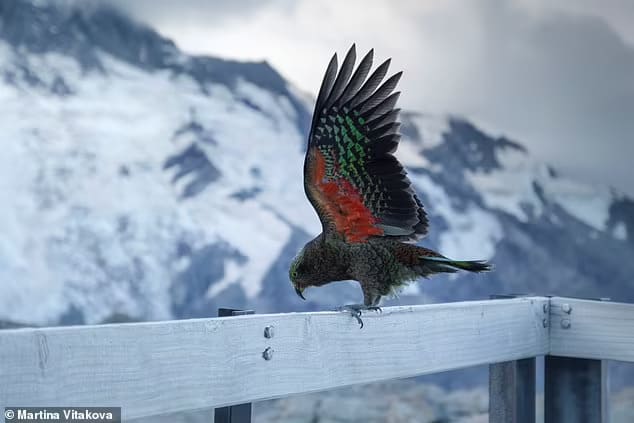
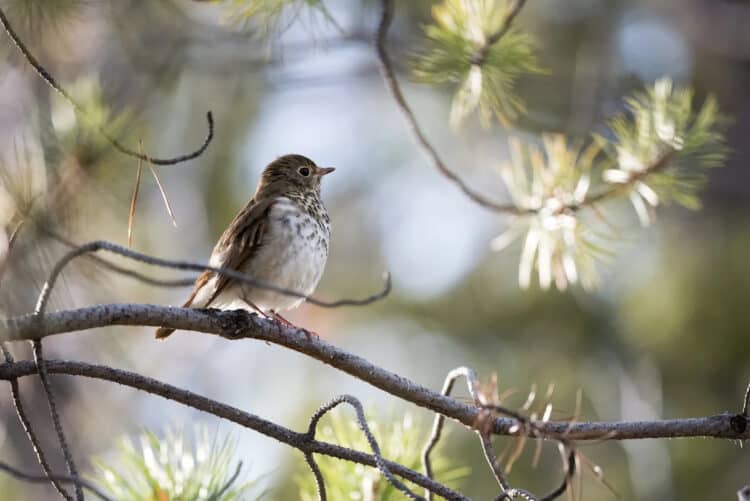
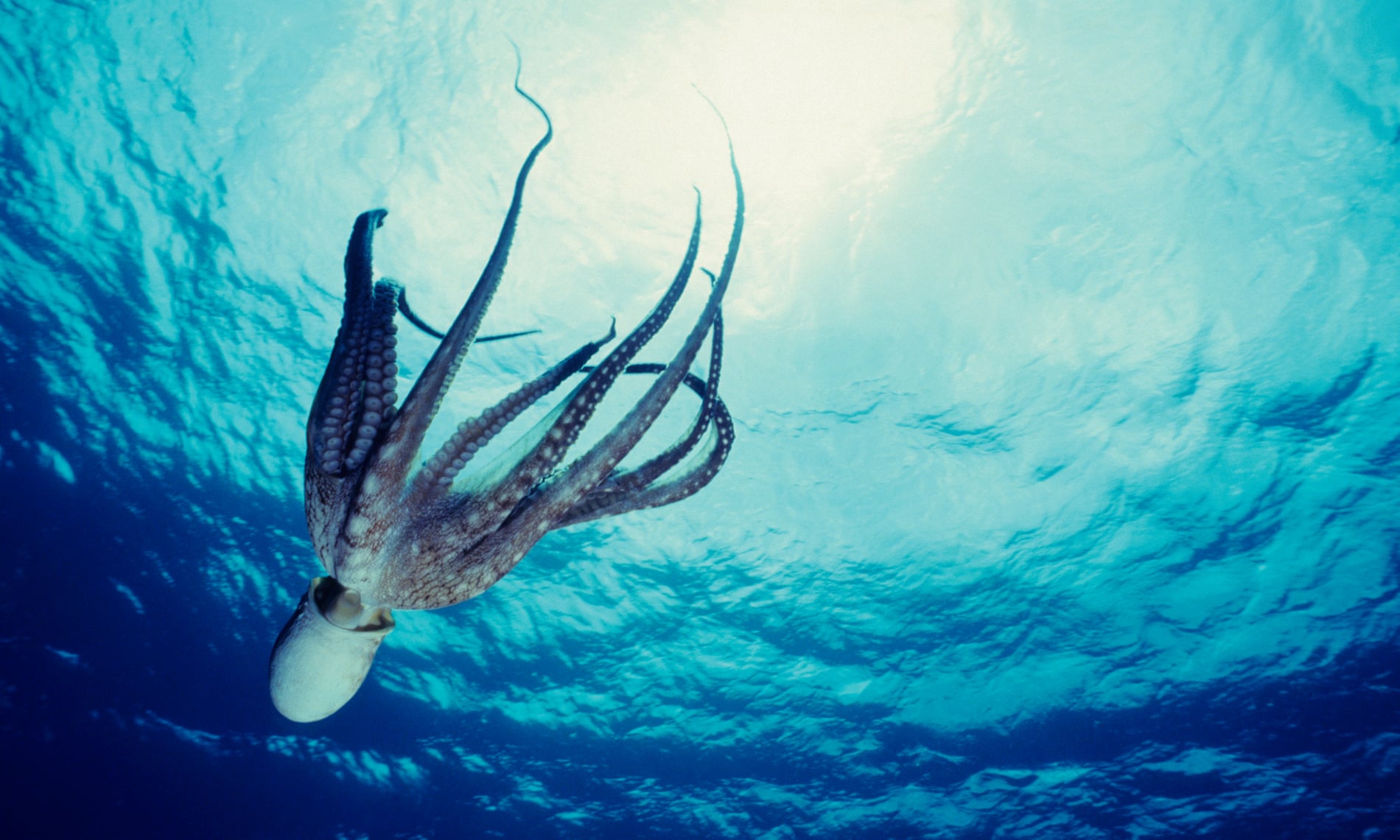
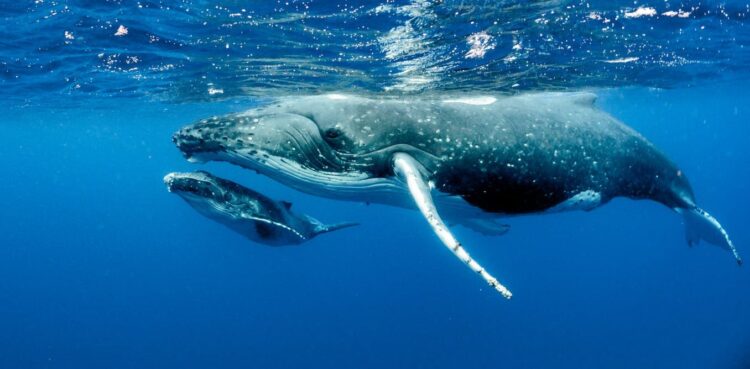

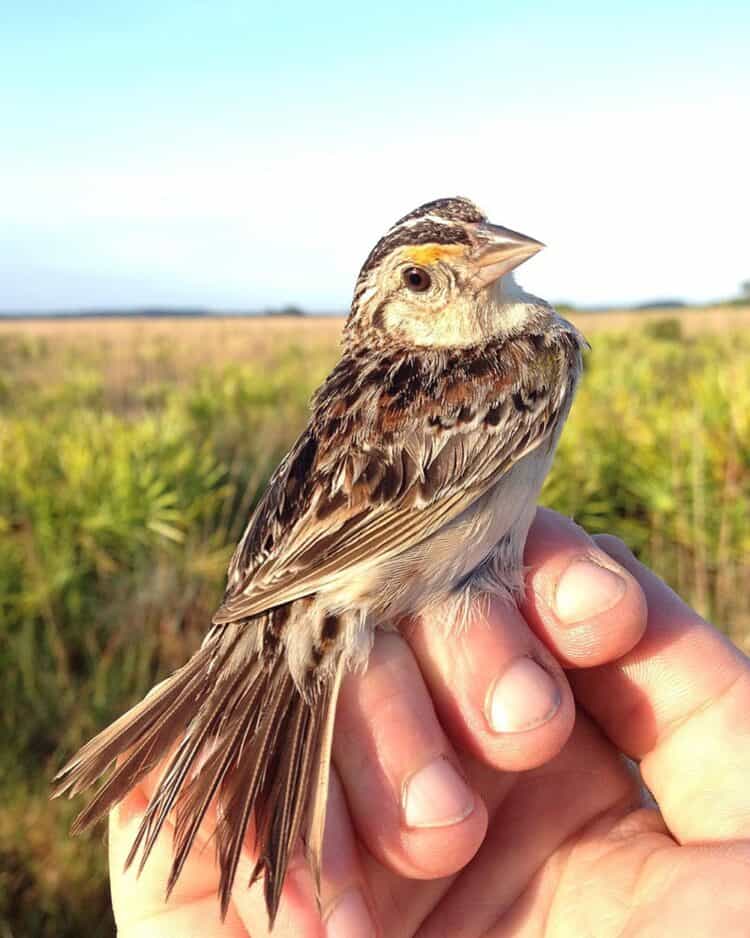
Leave a Reply